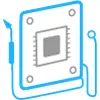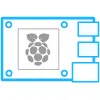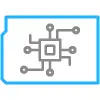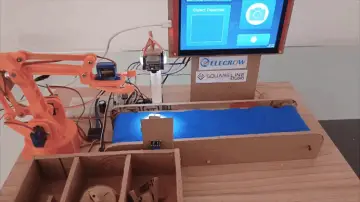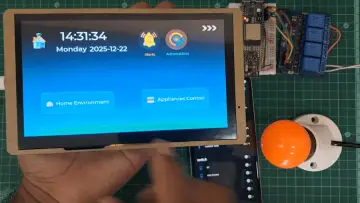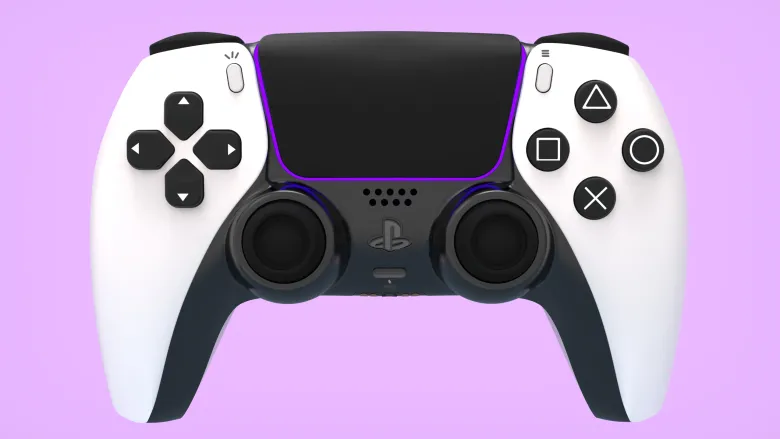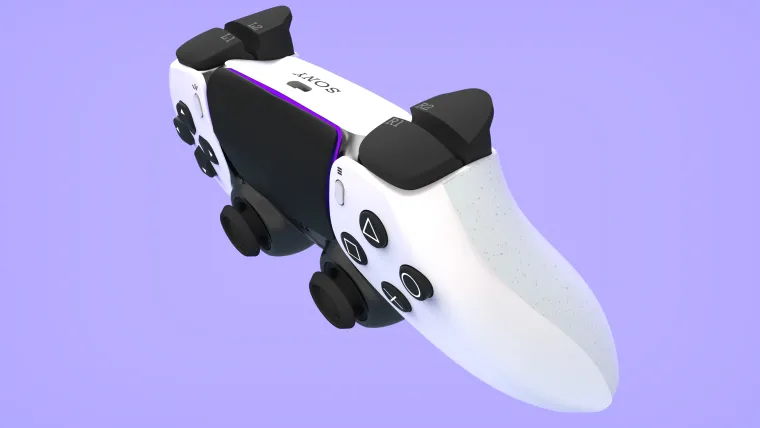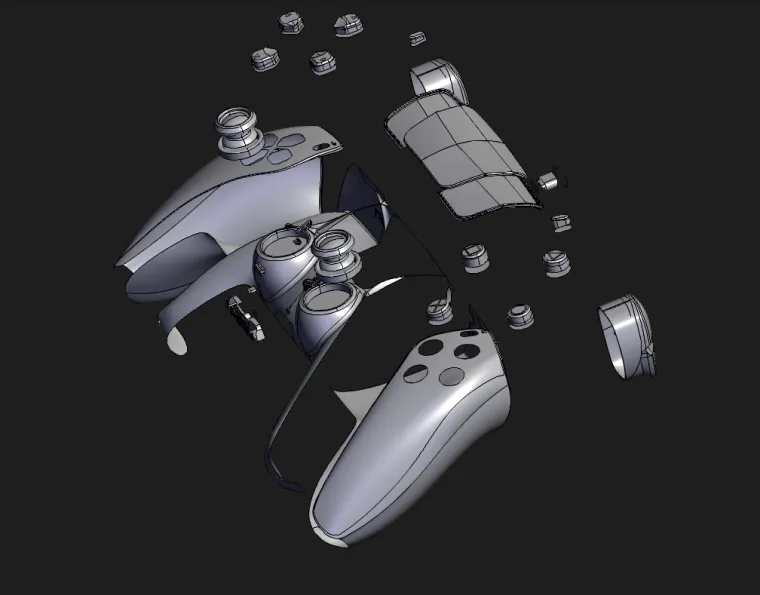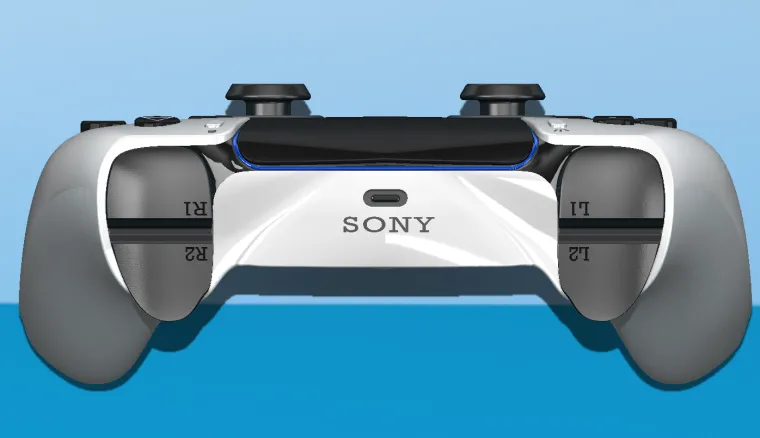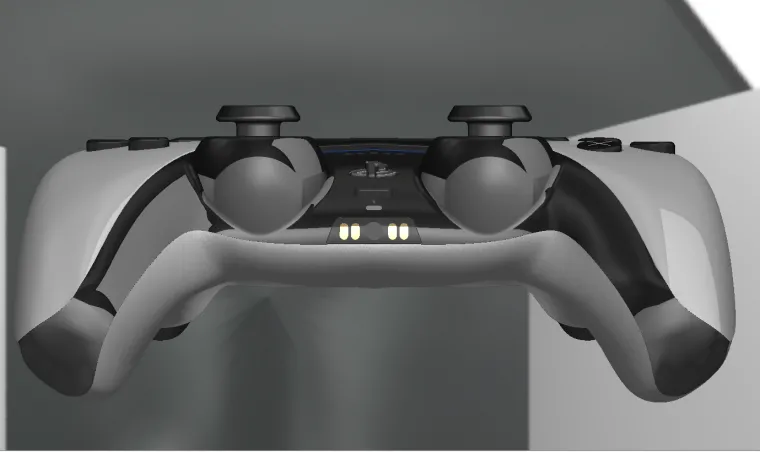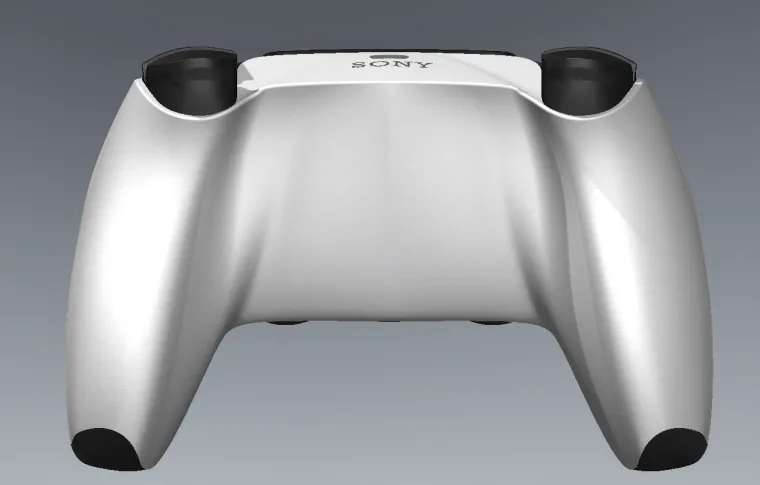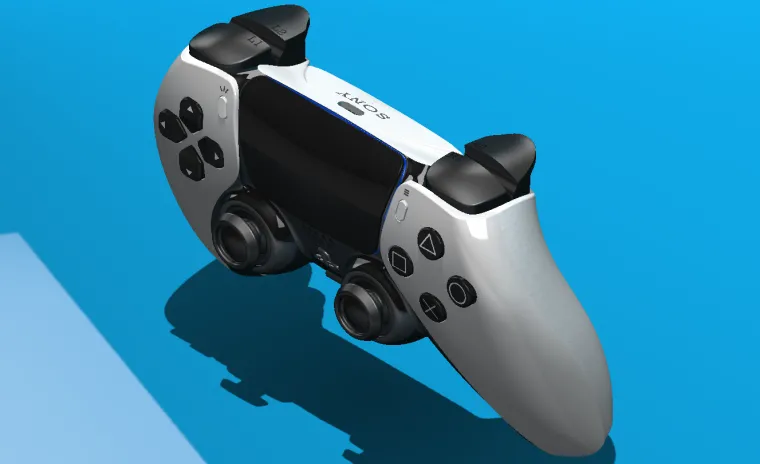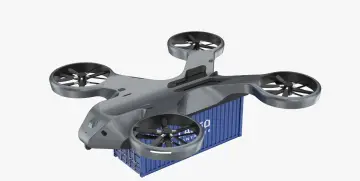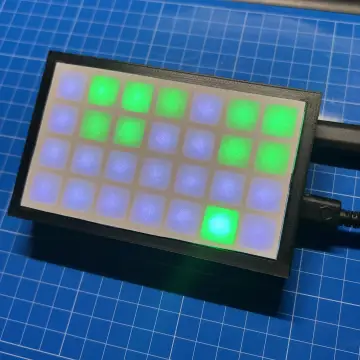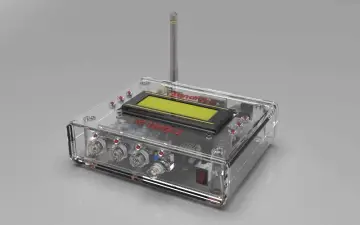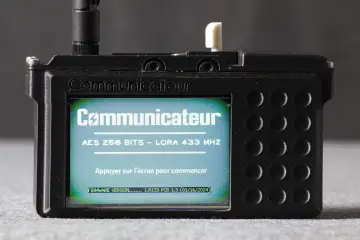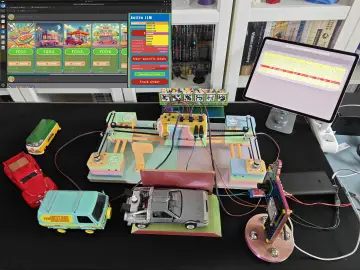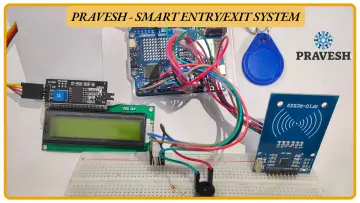Story
Professional CAD Design: PlayStation 5 DualSense Controller
Project Overview
This project showcases a professional-grade Computer-Aided Design (CAD) model of a conceptual PlayStation 5 DualSense wireless controller,which i created for the CUET CAD Society competition. The design was meticulously developed from solid models in SolidWorks and brought to life with photorealistic renders in KeyShot. The primary objective was to create a design that feels both familiar in its ergonomic form and next-gen in its visual aesthetic, serving as a comprehensive case study for the community.
Features & Design Philosophy
The design's core features are a result of a deliberate blend of functional ergonomics and a unique visual style. Key aspects include:
-
Two-Tone Aesthetic: A defining feature of this concept is the elegant two-tone color scheme, which enhances the controller's sleek, futuristic lines. This design choice separates key functional areas and adds a premium visual feel.
-
Sleek & Futuristic Lines: The model features refined curves and precise lines that give it a sophisticated, next-generation appearance, moving beyond the standard form factor while maintaining recognizability.
-
Ergonomic Focus: The design was created with an unwavering focus on ergonomics, ensuring the form is not only visually appealing but also comfortable for extended use, consistent with the high standards of the original controller.
-
Attention to Detail: Every component, from the textured grips to the subtle contours of the buttons and analog sticks, was modeled with meticulous precision to achieve a level of realism that shines in the final renders.
Program & Methodology
The entire project workflow was executed using two industry-leading software programs:
-
SolidWorks: The foundation of the project was built in SolidWorks, a powerful CAD software. It was used for all solid modeling tasks, from the initial body sculpting to the precise creation of individual components. Its robust tools were essential for ensuring dimensional accuracy and part integrity.
-
KeyShot: The SolidWorks model was then imported into KeyShot for the rendering and visualization stage. This program was crucial for applying realistic materials, setting up advanced lighting environments, and creating the high-quality, photorealistic images that showcase the final design.
Step-by-Step Project Tutorial
This project was completed through a structured, multi-step process that can serve as a guide for aspiring designers and engineers.
Step 1: Conceptual Sketching and Curve Creation The process commenced with initial sketches and the creation of a network of precise 2D and 3D curves within SolidWorks. These curves served as the foundational framework for the subsequent surface construction, defining the overall shape and key contours of the controller.
Step 2: Primary Surface Generation Using the established curve network, the main body surfaces of the controller were generated through advanced surface creation tools in SolidWorks, such as lofted surfaces, boundary surfaces, and swept surfaces. Maintaining surface continuity and achieving the desired ergonomic form were primary considerations during this stage.
Step 3: Feature Integration through Surface Manipulation Details such as button recesses, trigger housings, and analog stick surrounds were seamlessly integrated into the main surfaces using various surface manipulation techniques, including trimming, extending, knitting, and filling surfaces. This ensured a smooth and unified design.
Step 4: Adding Surface Detail and Texture Intricate details like the textured grips and subtle surface variations were created using specialized surface modeling tools to add depth and realism to the model. This involved techniques to create micro-geometries directly on the surfaces.
Step 5: Material Application and Rendering in KeyShot The complete surface model was imported into KeyShot, where materials were carefully applied to mimic real-world plastics and textures. Lighting and camera angles were then optimized to produce the final photorealistic renders, highlighting the smooth surface transitions and intricate details achieved through surface modeling.
Community Significance
This project holds significance for our community as a practical example of a full-cycle industrial design and visualization workflow. By demonstrating the seamless integration of professional CAD software like SolidWorks with rendering tools like KeyShot, it provides a valuable educational roadmap. The experience gained from tackling challenges related to complex geometry and achieving photorealism can help other members avoid common pitfalls and accelerate their own skill development in the fields of product design and engineering.



